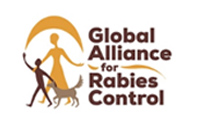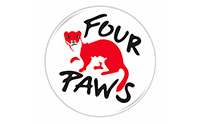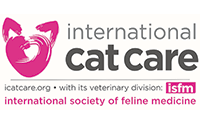Indicators project
Almost every country invests in dog population management in some form. Yet there is no agreed measure to establish whether an intervention is effective. The ICAM coalition has developed guidance on monitoring and evaluation of dog population management interventions that supports academics, practitioners and funders to track progress, learn and subsequently improve their impact through the use of measurable indicators.
If we can help people to monitor effectively, they could increase the rate at which they adapt and improve their work significantly. Our focus is on applying scientific solutions to real world problems and encouraging an increase in scientific research on dog population management.
Are we making a difference? A guide to monitoring and evaluating dog population management interventions
As a result of the need to establish measurable indicators, ICAM worked with partners to create some guidance and tools for the monitoring and evaluation of humane dog population management programmes.
These are:
- A literature review (of both published and ‘grey’ literature) covering efforts to measure dog population management to date plus experience from other monitoring and evaluation fields
- A guidance document explaining current best practice for monitoring and evaluating dog population management including recommended indicators and methods of measuring these
- An online tool to help you choose indicators to measure the impact of your dog population management programme
- A dog body condition scoring tool and quiz.
Watch our presentation on the guidance from the 2nd International Conference on Dog Population Management below via our ICAM YouTube channel.
If you’ve used these tools to help you in your dog population management programme, we’d love to hear from you. Get in touch by emailing us at info@icam-coalition.org or using our online contact form.
Vets Beyond Borders and other NGO’s collaborating in the Dog Population Management sector are grateful to ICAM for supporting the Indicator project and producing an evidence-based guidelines to help with monitoring and evaluating our programs. The Dogs and People workshop enabled people working in this area to become familiar with fire new ICAM guidelines and to meet researchers who could assist them in analysing file data. There is a large community of organisations working on the ground to manage dog populations and these guidelines provide clear indicators on how best to monitor and evaluate what is being achieved, which is so very important for program sustainability and accountability to donors.
Related online tools
 Dog population management impact assessment tool
Dog population management impact assessment toolTake a look at our “Are We Making a Difference?” monitoring and evaluation guidance, and then use this interactive tool to help you choose which indicators to use to help you measure the impact of your dog population management programme.Read More
Related downloads
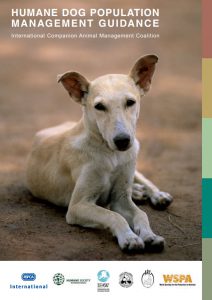 Humane dog population management guidance 2007 version
Humane dog population management guidance 2007 versionOur humane dog population management guidance gives advice on designing and initiating a dog population management programme.Read More
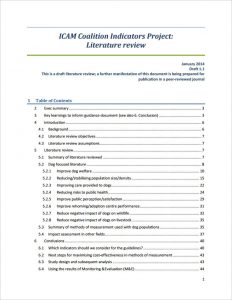 Dog population management monitoring and evaluation literature review
Dog population management monitoring and evaluation literature reviewThis literature review (of both published and grey literature) summarises 110 items of literature that included some aspect of initial assessment and/or monitoring and evaluation of dog population management interventions, or methodologies used for another species that could apply to dog population managementRead More
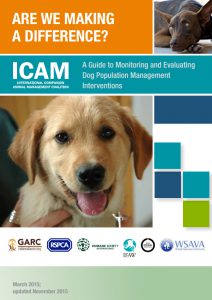 Are we making a difference? A Guide to Monitoring and Evaluating Dog Population Management Interventions (2015)
Are we making a difference? A Guide to Monitoring and Evaluating Dog Population Management Interventions (2015)The ICAM coalition has developed guidance on monitoring and evaluation of dog population management interventions that supports academics, practitioners and funders to track progress, learn and subsequently improve their impact through the use of measurable indicators.Read More
Project collaborators
The Indicators project benefited from the engagement of Collaborating Partners that provided scientific rigour and multi-disciplinary expertise to help build the foundation for this novel and vital research field. Partners were invited to collaborate because they brought academic and practical leadership in several topics essential to success of the project. The ICAM Coalition is extremely grateful to all partners for sharing in our ambition to see the aims of this project achieved and for their highly significant donation of time and knowledge.







